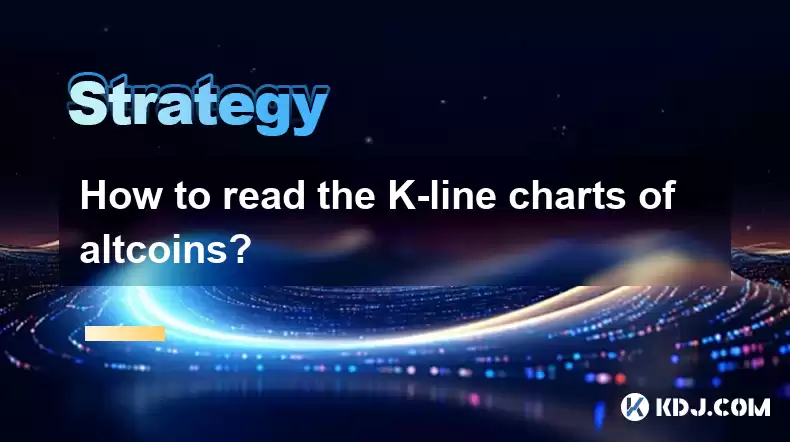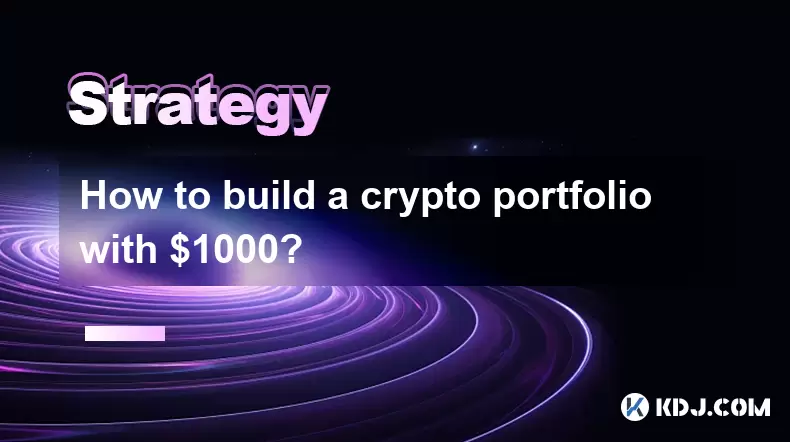-
 Bitcoin
Bitcoin $114200
0.00% -
 Ethereum
Ethereum $3637
0.56% -
 XRP
XRP $2.950
-2.01% -
 Tether USDt
Tether USDt $0.9999
0.02% -
 BNB
BNB $761.0
0.55% -
 Solana
Solana $164.1
-1.38% -
 USDC
USDC $0.9999
0.02% -
 TRON
TRON $0.3332
0.36% -
 Dogecoin
Dogecoin $0.2012
-0.52% -
 Cardano
Cardano $0.7261
-1.41% -
 Hyperliquid
Hyperliquid $37.62
-2.13% -
 Stellar
Stellar $0.3930
-2.65% -
 Sui
Sui $3.441
-0.16% -
 Bitcoin Cash
Bitcoin Cash $563.8
0.70% -
 Chainlink
Chainlink $16.50
0.09% -
 Hedera
Hedera $0.2424
-0.14% -
 Ethena USDe
Ethena USDe $1.001
0.01% -
 Avalanche
Avalanche $22.20
0.00% -
 Litecoin
Litecoin $118.0
-2.48% -
 UNUS SED LEO
UNUS SED LEO $8.991
0.12% -
 Toncoin
Toncoin $3.195
-3.87% -
 Shiba Inu
Shiba Inu $0.00001217
0.12% -
 Uniswap
Uniswap $9.674
-0.21% -
 Polkadot
Polkadot $3.633
1.00% -
 Monero
Monero $295.3
-0.82% -
 Dai
Dai $0.9999
0.00% -
 Bitget Token
Bitget Token $4.321
-0.41% -
 Cronos
Cronos $0.1392
0.73% -
 Pepe
Pepe $0.00001027
-0.89% -
 Aave
Aave $258.5
0.32%
How to read the K-line charts of altcoins?
K-line charts are essential for analyzing altcoin price movements; understanding candlesticks, volume, and patterns helps in making informed trading decisions.
Apr 01, 2025 at 07:42 am

Understanding Altcoin K-Line Charts: A Beginner's Guide
K-line charts, also known as candlestick charts, are a fundamental tool for analyzing price movements in any market, including the volatile world of altcoins. Understanding how to interpret these charts is crucial for making informed trading decisions. This guide will break down the essential elements of altcoin K-line charts and how to use them effectively.
Deciphering the Candlestick
Each candlestick on the chart represents a specific time period (e.g., 1-minute, 1-hour, 1-day). The body of the candlestick shows the price range between the open and closing prices. A green (or sometimes white) candlestick indicates a closing price higher than the opening price (a bullish candle), while a red (or sometimes black) candlestick shows a closing price lower than the opening price (a bearish candle). The thin lines extending above and below the body are called wicks or shadows. The upper wick shows the highest price reached during that period, and the lower wick shows the lowest price.
Key Elements to Analyze
- Open Price: The price at the beginning of the chosen time period.
- Close Price: The price at the end of the chosen time period.
- High Price: The highest price reached during the time period.
- Low Price: The lowest price reached during the time period.
- Body Size: The length of the candlestick body reflects the magnitude of the price change. A long body indicates strong momentum, while a short body suggests indecision or consolidation.
- Wick Length: Long wicks suggest strong buying or selling pressure that was ultimately rejected. Short wicks indicate less price fluctuation within the period.
Identifying Common Chart Patterns
Recognizing common chart patterns can help predict future price movements. These patterns are not foolproof but provide valuable insights. Some common patterns include:
- Hammer: A small body with a long lower wick, suggesting a potential price reversal to the upside.
- Hanging Man: Similar to a hammer but with a long upper wick, suggesting a potential price reversal to the downside.
- Doji: A candlestick with almost equal opening and closing prices, indicating indecision in the market.
- Engulfing Pattern: A candlestick that completely engulfs the previous one, suggesting a potential trend reversal. A bullish engulfing pattern is when a green candlestick engulfs a red one, and a bearish engulfing pattern is the opposite.
Understanding Volume
While the candlestick chart displays price action, volume is crucial for confirming price movements. High volume accompanying a price increase confirms the strength of the bullish move, while high volume accompanying a price decrease confirms the strength of the bearish move. Low volume during price movements suggests weak momentum and potential for a reversal. Many charting platforms display volume as a separate histogram below the candlestick chart.
Timeframes and Their Significance
The timeframe you choose significantly impacts your analysis. Short-term charts (e.g., 1-minute, 5-minute, 1-hour) are useful for identifying short-term trading opportunities and scalping. Long-term charts (e.g., 1-day, 1-week, 1-month) provide a broader perspective on the overall trend. Analyzing multiple timeframes simultaneously can provide a more comprehensive picture.
Technical Indicators
While candlesticks provide a visual representation of price action, technical indicators add another layer of analysis. These indicators use mathematical formulas to generate signals, often displayed as lines or histograms on the chart. Popular indicators include:
- Moving Averages (MA): Smooth out price fluctuations to identify trends.
- Relative Strength Index (RSI): Measures the magnitude of recent price changes to evaluate overbought or oversold conditions.
- MACD (Moving Average Convergence Divergence): Identifies changes in momentum by comparing two moving averages.
Practicing and Refining Your Skills
Mastering K-line chart analysis requires practice and experience. Start by analyzing historical data of altcoins you're interested in. Experiment with different timeframes and indicators to see how they work together. Consider using a demo account to practice trading strategies before risking real capital. Remember that no analysis method is perfect, and losses are a part of trading.
Common Questions
Q: What are some common mistakes beginners make when reading altcoin K-line charts?
A: Common mistakes include over-reliance on a single indicator, ignoring volume, focusing solely on short-term charts without considering the long-term trend, and emotional trading based on fear or greed.
Q: How do I choose the right timeframe for analyzing altcoins?
A: The best timeframe depends on your trading strategy. Short-term traders often use shorter timeframes, while long-term investors focus on longer timeframes. Consider your risk tolerance and investment goals when selecting a timeframe.
Q: Are there any resources available to help me learn more about K-line chart analysis?
A: Many online resources, including educational websites, YouTube channels, and trading courses, offer comprehensive guides to K-line chart analysis. Look for reputable sources with proven track records.
Q: Can K-line chart analysis predict the future price of altcoins with certainty?
A: No, K-line chart analysis is a tool for identifying potential trends and patterns, but it cannot predict the future with certainty. The cryptocurrency market is highly volatile, and unexpected events can significantly impact prices.
Q: How important is volume when interpreting K-line charts?
A: Volume is crucial. It confirms the strength of price movements. A large price increase with low volume is less significant than a similar increase with high volume, suggesting the move might be less sustainable.
Disclaimer:info@kdj.com
The information provided is not trading advice. kdj.com does not assume any responsibility for any investments made based on the information provided in this article. Cryptocurrencies are highly volatile and it is highly recommended that you invest with caution after thorough research!
If you believe that the content used on this website infringes your copyright, please contact us immediately (info@kdj.com) and we will delete it promptly.
- Acapulco Crafts in Crisis: Sales Plummet, Artisans Struggle
- 2025-08-06 14:30:12
- SEC, Crypto & Bitwise CIO: A New Dawn?
- 2025-08-06 14:35:11
- Coinbase, Financing, and the Crypto Market: Navigating Choppy Waters in NYC Style
- 2025-08-06 12:50:11
- Bitcoin in Indonesia: Crypto Education and Economic Strategy
- 2025-08-06 12:50:11
- DeriW Mainnet: Zero Gas Fees Revolutionize On-Chain Derivatives Trading
- 2025-08-06 10:30:11
- IOTA, Cloud Mining, and Eco-Friendly Crypto: A New York Investor's Take
- 2025-08-06 10:30:11
Related knowledge

How to avoid common crypto investment mistakes?
Jul 13,2025 at 01:35am
Understanding the Risks of Crypto InvestmentInvesting in cryptocurrency can be highly rewarding, but it also comes with significant risks. One of the ...

What is a long-short crypto strategy?
Jul 15,2025 at 10:56am
Understanding the Basics of a Long-Short Crypto StrategyA long-short crypto strategy is an investment approach where traders simultaneously take long ...

What is a long-short crypto strategy?
Jul 11,2025 at 01:28pm
Understanding the Basics of Long-Short Crypto StrategyA long-short crypto strategy is an investment approach where traders take both long and short po...

How to use the RSI indicator for crypto?
Jul 12,2025 at 03:56pm
Understanding the RSI Indicator in Cryptocurrency TradingThe Relative Strength Index (RSI) is a momentum oscillator used to measure the speed and chan...

Is copy trading a good strategy for crypto beginners?
Jul 12,2025 at 08:28am
Understanding Copy Trading in the Cryptocurrency MarketCopy trading is a strategy where novice traders replicate the trades of experienced investors a...

How to build a crypto portfolio with $1000?
Jul 13,2025 at 08:14pm
Understanding the Basics of Cryptocurrency InvestmentBuilding a crypto portfolio with $1000 starts with understanding the fundamentals of cryptocurren...

How to avoid common crypto investment mistakes?
Jul 13,2025 at 01:35am
Understanding the Risks of Crypto InvestmentInvesting in cryptocurrency can be highly rewarding, but it also comes with significant risks. One of the ...

What is a long-short crypto strategy?
Jul 15,2025 at 10:56am
Understanding the Basics of a Long-Short Crypto StrategyA long-short crypto strategy is an investment approach where traders simultaneously take long ...

What is a long-short crypto strategy?
Jul 11,2025 at 01:28pm
Understanding the Basics of Long-Short Crypto StrategyA long-short crypto strategy is an investment approach where traders take both long and short po...

How to use the RSI indicator for crypto?
Jul 12,2025 at 03:56pm
Understanding the RSI Indicator in Cryptocurrency TradingThe Relative Strength Index (RSI) is a momentum oscillator used to measure the speed and chan...

Is copy trading a good strategy for crypto beginners?
Jul 12,2025 at 08:28am
Understanding Copy Trading in the Cryptocurrency MarketCopy trading is a strategy where novice traders replicate the trades of experienced investors a...

How to build a crypto portfolio with $1000?
Jul 13,2025 at 08:14pm
Understanding the Basics of Cryptocurrency InvestmentBuilding a crypto portfolio with $1000 starts with understanding the fundamentals of cryptocurren...
See all articles

























































































